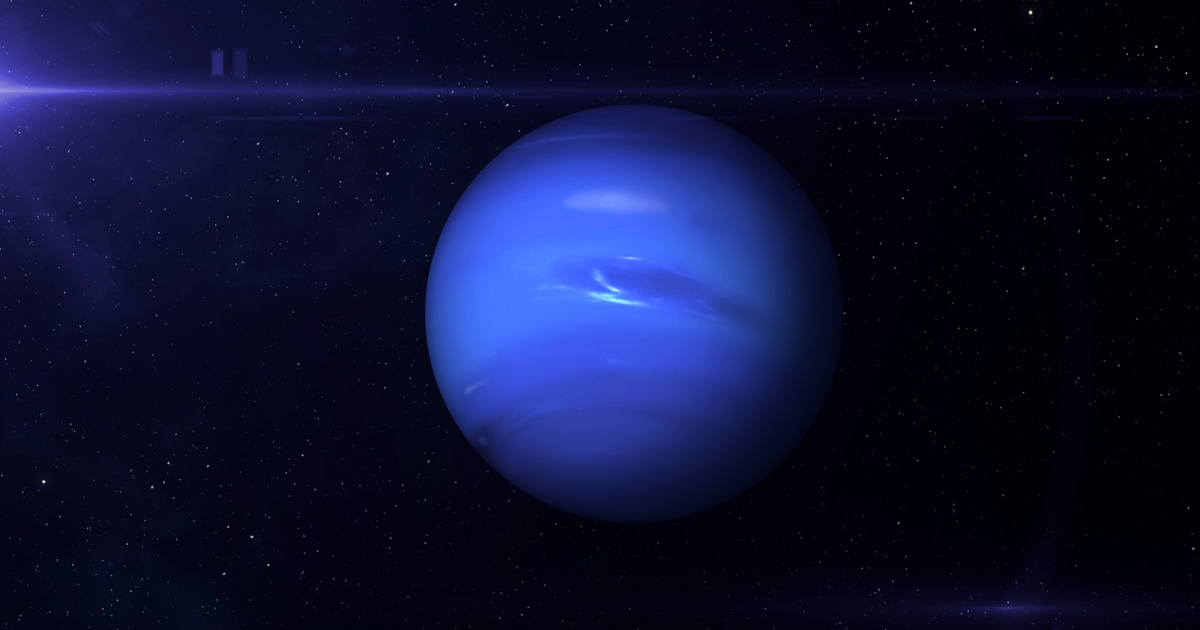Planets the size of Neptune show great variation in composition and density due to their composition and evolutionary history. They can vary from relatively low-density planets with dense atmospheres of hydrogen and helium to higher planets.
new StadyLuca Nabuniello of the University of Tor Vergata in Rome reports a planet the size of Neptune with a density greater than that of steel.
Its mass is twice that of any other known planet of similar size, and its density is incredibly high. This means that the planet is composed of a larger portion of rock than would be expected for planets of this size, and it is likely that this was formed as a result of planetary collisions.
The impact may have removed the light atmosphere and water, leaving behind much of the hard, compact rock.
This planet proves that massive impacts are often involved in the formation of planets in the galaxy, and contributes to finding a link between solar system-based theories about planet formation and the formation of exoplanets.
Jingyao Du, a co-author of the study, said that planets formed from this size of rock are usually expected to become gas giants such as Jupiter, which has a density similar to that of water. But TOI-1853b is about as big as Neptune’s, but denser than steel.
This may be because the planet may have been involved in very energetic planet-to-planet collisions during its formation, resulting in a rocky, high-density planet.
Phil Carter, a senior research fellow at the University of Bristol’s School of Physics, said they had modeled giant impacts that could have removed the planet’s lighter atmosphere, water and ice. According to this hypothesis, the parent planet must have experienced an impact of more than 75 kilometers per hour to form TOI-1853b.












































